The Chicago White Sox is one of the most legendary franchises in MLB history, dating back to its inception in 1901. Over time, the team has forged a legend while remaining synonymous for generations of players with class and determination: a fitting definition for any relationship with the people. A very important feature of the team’s identity is its logo. The logo had more than 20 different types since the very first formation of the team. Each type bears the cultural, artistic, and historical flavor of its time with the spirit of the White Sox. This paper discusses the journey of the White Sox logo through the Chicago White Sox logo evolution in its meaning.
Part 1: What is the SOX logo?
The well-known professional baseball club logo from Chicago, Illinois, uses a stylized Gothic with very heavy black lines and smooth, slightly arc contours and sharp angles. Characters are laid diagonally and “S” is stretched out. “O” and “X” overlaid. Since all three characters in black are white and outline applied to all types of backgrounds without losing the logo’s contrast.
Part 2: History and Evolution
Its logo represented with the letter “C” in first ten years of baseball club. After 1912, a character-based idea emerged, and the logo began to use stylized Sox characters, which replaced several graphical badges in the 1970s, restored in 1991. It restored in 1991.
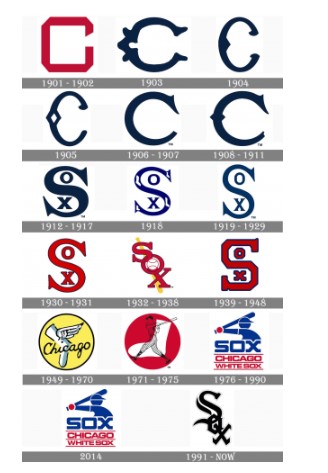
1901 – 1902
The first Chicago White Sox logo was a rather discreet and strict “C” character drawn in a custom sans-serif typeface with angled outlines and diagonally cut edges of the lines above.
The dark red color of the emblem gave me a strong and professional impression, as well as passion and determination.
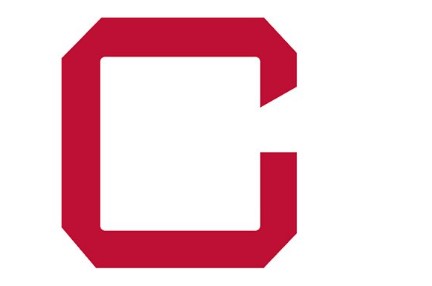
1903
In 1903, “C” painted vivid blue, its style changed to a smooth partial, the center curved out of heavy lines and rounded letters. It was a completely different “C”, showing individuality and authority by the club.
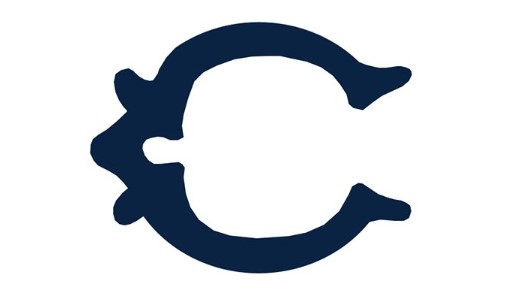
1904
In the 1904 redesign, a wishbone-like “C” appeared in the same bright, strong blue color. The pointed element of the letter placed only from the inside and making the logo unique and outstanding.

1905
The logo improved again in 1905. This time, the contour of “C” became a more traditional wishbone, and a small white ellipse placed vertically on the left. The upper lines enlarged and rounded, adding elegance and smoothness to the image.
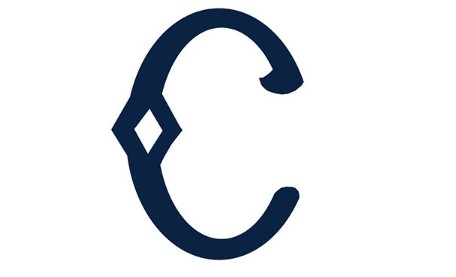
1906 – 1907
The blue “C” changed outline in 1907. It penned in a serif, the delicate, sharp, playful, both ends of the line; the emblem looks stylish and modern.

1908 – 1911
The final “C” logo used with the White Sox in 1908 and lasted for three seasons. It looked beautiful and classy, expressed in a very fine line, with a cleaned and altered blue wishbone “C”.
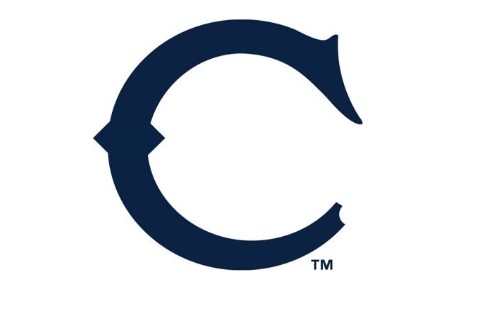
1912 – 1917
In 1912, a new concept for the visual identity of the club was introduced, featuring the letters “S” enlarged with a sharp, elongated, serif-style tasteful typeface, a small “O” placed above it, and an “X” placed at the bottom. All three characters are the same typeface, using a calm tone but strong blue color.
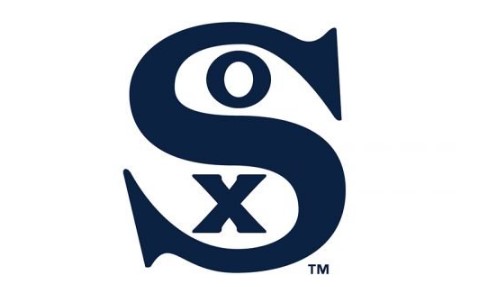
1918
The 1918 Chicago White Sox logo was supplemented with an image of four white socks. They were located just above the blue S, thus adding playfulness and fun to the composition.
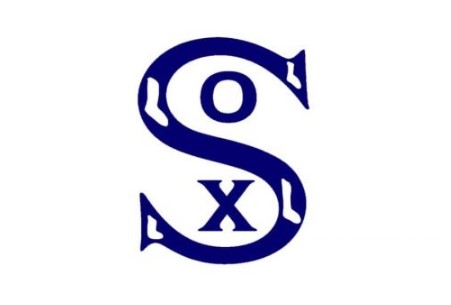
1919 – 1929
The 1912 emblem was restored in 1919, with the White Sox for another ten years. The outline was slightly refined, the lines sharpened and elegant and confident in the same blue and white tones.
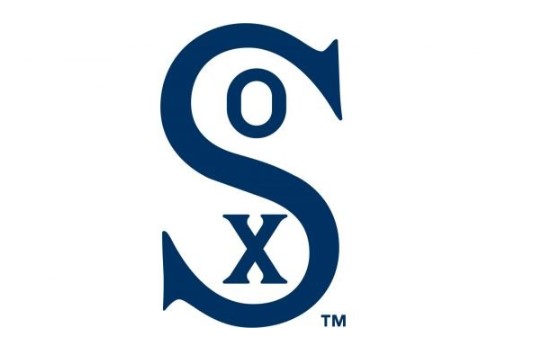
1930 – 1931
In 1930, the blue turned red and all elements of the logo became thin but with strong black outlines. The outline of the characters remained unchanged, while the size of the three symbols became smaller and more balanced and solid. The new tone expressed passion and energy, and it reflected the mighty character of the club.
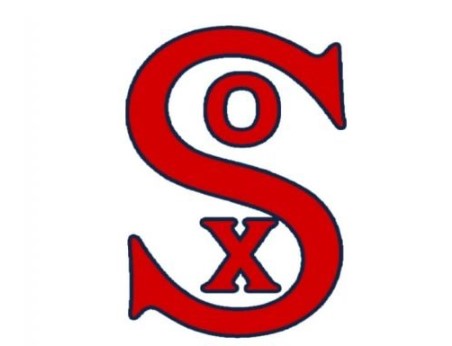
1932 – 1938
In 1932, the club introduced a new emblem as a visual identity. A yellow bat is placed behind the red “Sox” written diagonally in capital letters. Inside the letter O, there was a white ball with a red stitch. The redesigned characters were drawn in black and slightly overlapped.
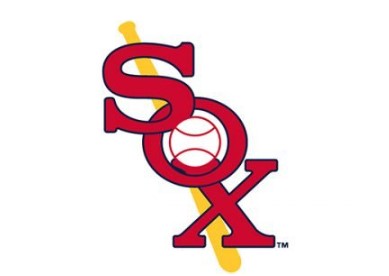
1939 – 1948
In 1939, the club redesigned the emblem from 1930, with the outline of the letters being thick and square. The outline of the red letters turned dark blue, and the whole was more modern and fresh.
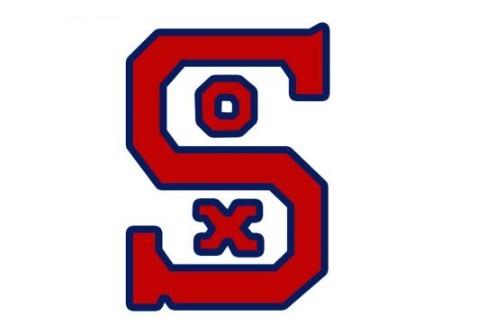
1949 – 1970
A totally new logo for the White Sox developed in 1949. Its bright yellow circular badge printed on the black outline, and a gradient white sock with a black brush on it, with fancy wings and black details in the same tone. That light and merry logo has belonged to the club for over 20 years.
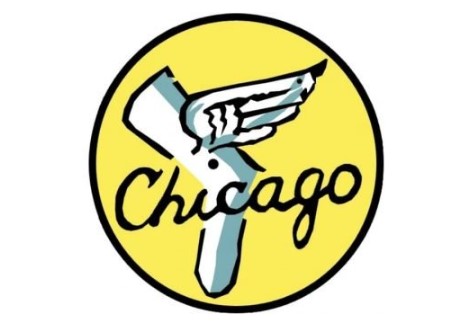
1971 – 1975
In the 1971 redesign, the round of the badge was changed to red and white, and the style was changed to more strict. The new emblem features a white sock on a red circle, with the baseball player’s silhouette drawn with a thin black line. This year, no picture frames or letters were attached to the badge.
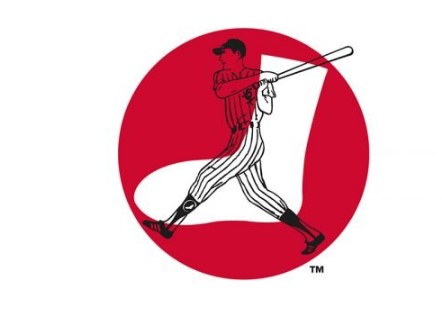
1976 – 1990
The logo created in 1976 was new to the club. The blue figure of the baseball player hitting the red ball was stylized, and the modern blue “Sox” character and the red underline “Chicago White Sox” were placed in two stages under the badge. This wordmark adopted a modern thick sans-serif typeface, adding professionalism and strength to the club’s visual identity. This became the official primary logo for more than 10 years and is brought back today as a secondary logo since 2014.
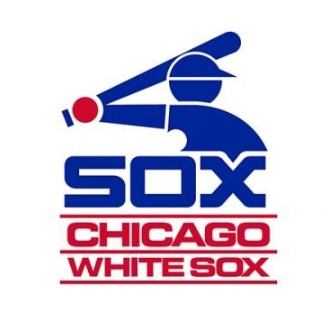
1991 – Present
In 1991, the Chicago White Sox logo visual identity seen in quite a dramatic change. Color palette, style, logo mood-all enhanced. Three Sox characters placed diagonally from top left to bottom right, boasting a strict and powerful palette of monochrome. The current version of lettering represented in a classy gothic style with a thick, sharpened line and a clean outline.
The added club logo depicts a white sock placed on a black rhombus with a white outline. Simple but serious and solid impression reflects the team’s individuality and values.
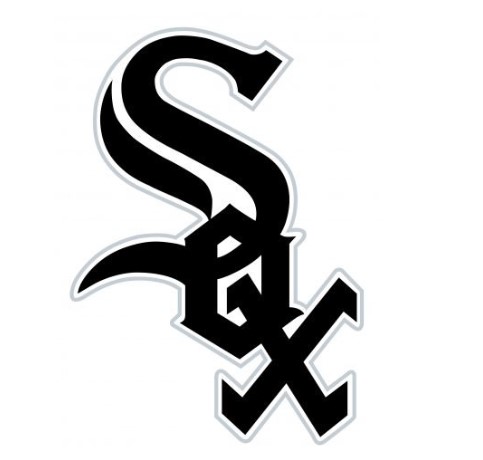
Current Emblem
The official colors of the club, black, silver and white, are used for the logo. The logotype itself represents the letters S, O, and X in the Old English font. This character can be read as “sex” because “o” is arranged to look like “e.” This hidden message creates an interesting contrast with medieval typefaces.
Font
The main logo of White Sox does not have text. The team has a word mark. Here, the name of the team is written in three lines, and the character seems to have been taken from the Gotham Bold font.
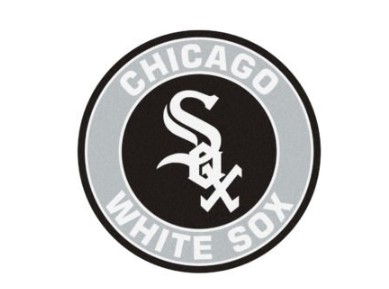
Part 3: The integration of AI in enhancing sports team branding
Strong and passionate fans form the backbone of the sports industry, and powerful team identities ensure that branding plays a crucial role in making a team and makes this even easier by embedding advanced AI in sports branding:
- Fan-Centric Designs: Designs logos that evoke passion in fans through iconic elements like team mascots, jerseys, and city landmarks.
- Dynamic Customization: Enables sports teams to change logos seasonally or for special events to keep the fans engaged.
- Enhanced Marketing Materials: Offers integrated branding for merchandise, social media, and promotional materials, which helps the team be more visible.
Part 4: Why Arvin AI is the Ultimate Choice for Logo Design
A world of branding which incessantly changes. Logos are the defining features of any organization. It could be a sports team like the Chicago White Sox logo or any corporate brand. Nowadays, it can done using the AI logo maker like Arvin AI to create a revolution in logo designing. Innovation and accuracy speak of efficiency in logo designing processes. With state-of-the-art features, Arvin AI stands as the best fit for graphic design and logo creation. It is the ultimate solution for businesses and teams aiming to enhance their visual identity.
Key Features of Arvin AI
- Automated Creativity: The AI generates unique logo concepts based on user input to fit your brand perfectly.
- Versatile Style Options: Offers a wide range of styles, from minimalist to intricate designs, accommodating diverse branding needs.
- Real-Time Adjustments: Enables instant modifications, such as resizing, color adjustments, and font changes, making the design process seamless.
- Historical Insights: Compares past and present logos to identify successful design elements.
- Enhanced Redesigns: Suggests improvements for existing logos while preserving their core identity, perfect for rebranding campaigns.
- Sports-Specific Branding: Personalizes logo designs for sports teams, using imagery that speaks to the fans’ psyche and illustrates team culture.
Steps to Use Arvin AI for making Logo
Step 1: Go to the Arvin AI Website
Open a browser window and head over to Arvin AI for designing your new, unique, and how to make a logo transparent company logo.
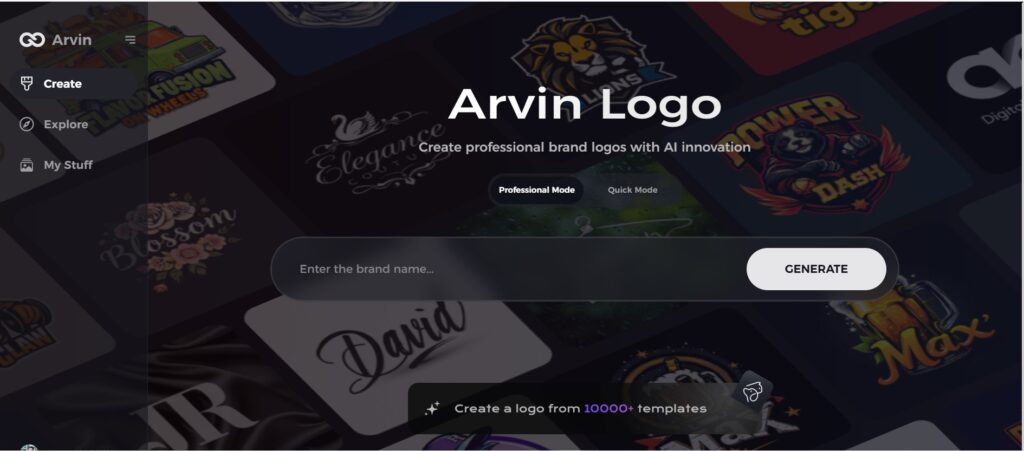
Step 2: Fill Up Your Company Details
Just enter the name of your company and pick its category and ask for transparent logo. All the details enable the AI to find the designs that would serve your needs and are representative for your company.
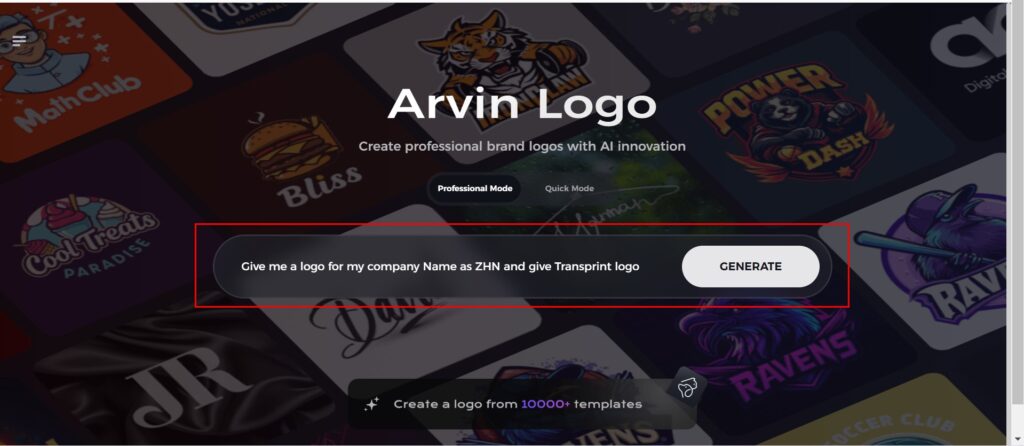
Step 3: Choose Your Industry
Pick an industry that best suits your business. This process guarantees the AI is making styles and themes that align best with your brand’s core value and niche in the market.

Step 4: Style Select
Pick a design style from the available ones. Leave it to “no style” if you’d want the AI to surprise you. The selected style shall provide a guideline for the final logon designs created.
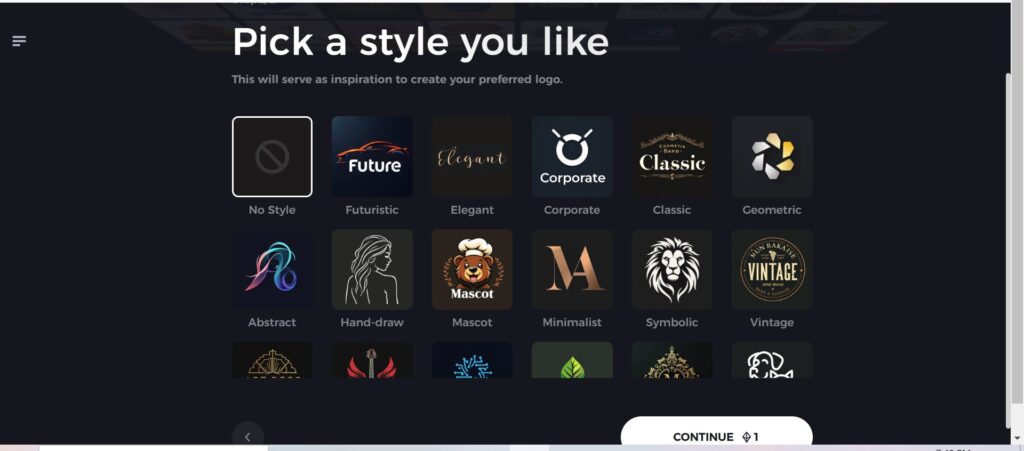
Step 5: Explore Logo Concepts
Arvin AI will produce different types of logo designs according to the information provided. Simply scroll through the suggestions for a design that matches your brand identity.
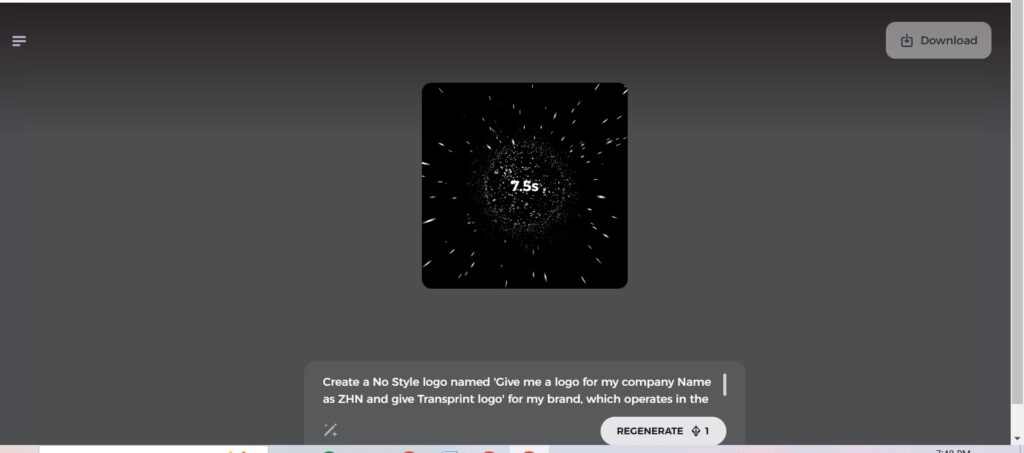
Step 6: Finalize the Logo
Fine-tune the chosen logo by adjusting colors, fonts, and icons to meet your brand personality and aesthetic. This way, your final logo is perfect and completely in line with your brand’s personality and style.
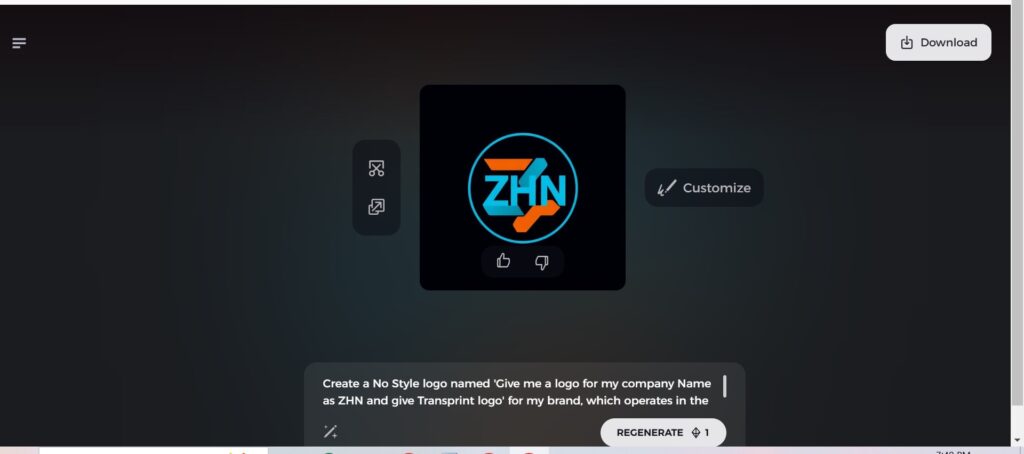
Step 7: Download Your Logo
Once satisfied with your final design, download your logo in versatile formats such as PNG or SVG that would be perfect for various media. Websites, social media, print, and so much more-these logos will give a professional look across every platform.
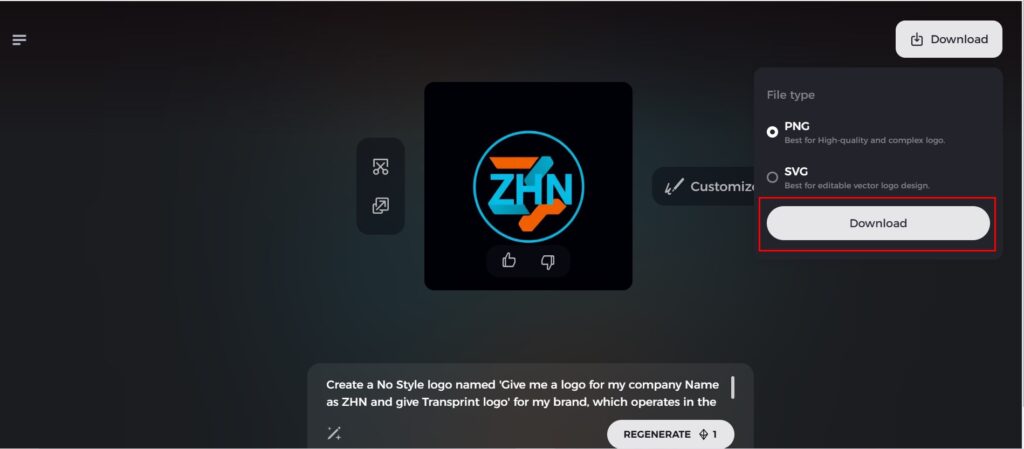
Conclusion
Evolution of the Chicago White Sox logo indicates the significance of visual identity in sports. The simple “C” to the modern gothic “Sox” represents a piece of the franchise’s history between generations of the fans. In AI logo design, tools such as Arvin AI are making the game even more interesting than ever, ensuring unparalleled precision and creativity. This is because with Arvin AI, brands will be able to create logos that stand the test of time with trend analysis, redesign suggestions, and simplification of the creative process.
FAQs About Chicago White Sox Logo
What does the White Sox mean in Chicago?
The White Sox is the South Side MLB team of Chicago, and it symbolizes pride and identity. The name “White Stockings” originated from the team’s rich history, resilience, and deep connection to Chicago’s culture and community.
How has the White Sox logo evolved over the years?
The logo has evolved from a simple letter “C” in the year 1901 to the iconic “Sox” of today. The changes were the wishbone “C,” the introduction of “Sox” in 1912, and the modern gothic style in 1991.
What are the colors of the current White Sox logo?
The current logo uses sleek black, silver, and white to bring about an attractive look together with a professional outlook.
How can Arvin AI help in logo design and analysis?
Arvin AI offers most advanced features such as auto logo generation, trend analysis, and customization tools to create, assess, and develop logos suitable for the personal branding requirement of professionals and power-packed designs.


